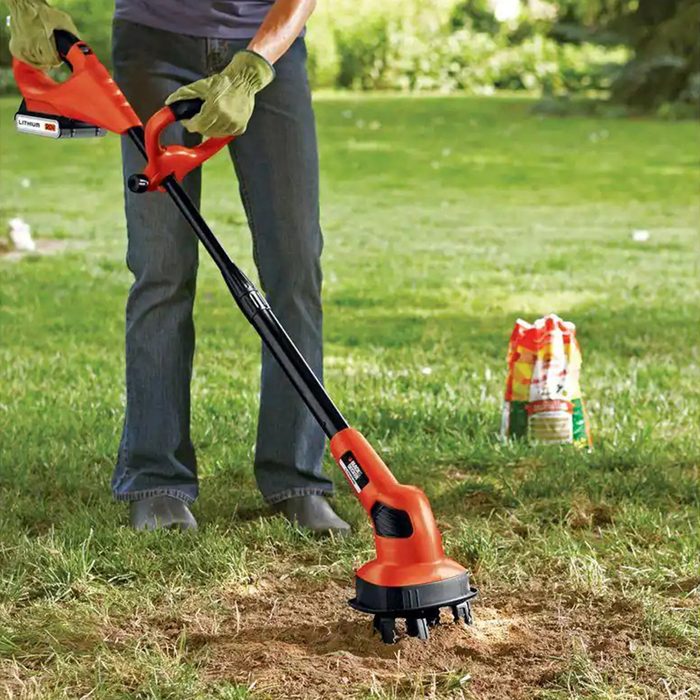The Best Garden Cultivators

Buying a Garden Cultivator
Cultivators are handy landscaping tools for prepping flower beds and vegetable gardens for the growing season. Often confused for small tillers, cultivators go beyond breaking up the soil. They aerate and mix soil with compost or fertilizer so the ground is ready for planting.
Katie Dubow, a gardening expert and president of Garden Media, says cultivators are especially helpful for those of us gardening in smaller spaces. “Tillers are better used on farms or when starting a new, larger garden,” she says. “But for the work a home gardener needs to accomplish, a cultivator is all you need.”
A cultivator breaks apart arid winter soil. It also keeps weeds at bay by churning them up so their seeds dry out.
A few essential things to consider when shopping for the best garden cultivator:
- Plot dimensions: Size matters. With a larger cultivator, you can work a big area more efficiently. For a tiny garden, a hand-held cultivator may be all you need.
- Depth and type of soil: Are you working with rocky or clay soil, or planting in soft flower beds? If the former is the case, you may need a combo cultivator/tiller.
- Ease of use: Wheeled cultivators increase mobility and offer better traction, especially for uneven and hilly terrain. “Look for extra-large handles with a comfortable grip,” Dubow says.
- Power: Options include gas or electric (cordless or corded). For cordless, choose one with a long-lasting battery pack. For corded, be sure there’s an electrical outlet nearby and/or use a long extension cord.
- Material: Since these tools live outside, whether kept in a shed or not, look for durable materials like steel. If you want wood handles, find ones that can be removed and replaced.
- Tine/blade length: The tine length determines how deeply you can cultivate the soil. Four inches is standard, and Dubow says you don’t need to go longer than six inches.
- Weight: If you’ve got raised flower beds or narrow rows of plantings, the lighter and more compact a cultivator is, the easier it is to handle.
- Cost: You can spend anywhere from $15 and $600 depending if the cultivator is hand-held or motorized, large or small.
No comments